Nine Months Of Winter And Three Of Hell
© João Pedro Marnoto
“… a journey amongst the people rooted in the land that sustains its hunger, and devoted in the faith that points them towards the skies…a reflection on the human condition based on three vertices:
the relationship with the Land, Faith and Progress.”
While road works and river dams gain ground over nature, Man slowly persists on fading in an enduring coexistence with the environment, highlighting a past of human existence creased by struggle on the body and firmness on the soul. Exalting a strong sense of belonging, personifies a culture vanishing in a growing and pitiless confront with new economic, political and social realities and challenges, where the ties with religion and nature are still strong and visible, condemned on the long run to be presented mostly as part of tourist broachers, and replaced with an, either late, either postponed, modernity.
Situated in the furthest part of Portugal, a region since long time of difficult access and therefore always embedded on a culture of isolation, it is one of Western Europe poorest regions, despite the situation of hunger is rarely a chance since the basic needs are still guaranteed and perpetuated by a culture of communal traditional work in agriculture and animal farming.
The many national and global economic, political and social changes of the last decades and it’s reflection on the local communities, together with the desire of younger generations to look away for better opportunities and future that home cannot guarantee, left many small places with few habitants mostly elderly with the occasional younger face born out of a family still resisting the appeal of the big town, only rejuvenating temporarily during the Christmas and Summer holidays season when all those that went away return to visit home, family and friends, portraying a very particular facet of Portugal identity.
However and despite the land desertification, low economic strength and dependency, with much development taken over in a fast pace in recent years supported mostly through the European funds politics, the region underdevelopment paradoxically explains the preservation of old costumes and traditions, that sustains so much of the growing touristic economy that is so relevant to the region.

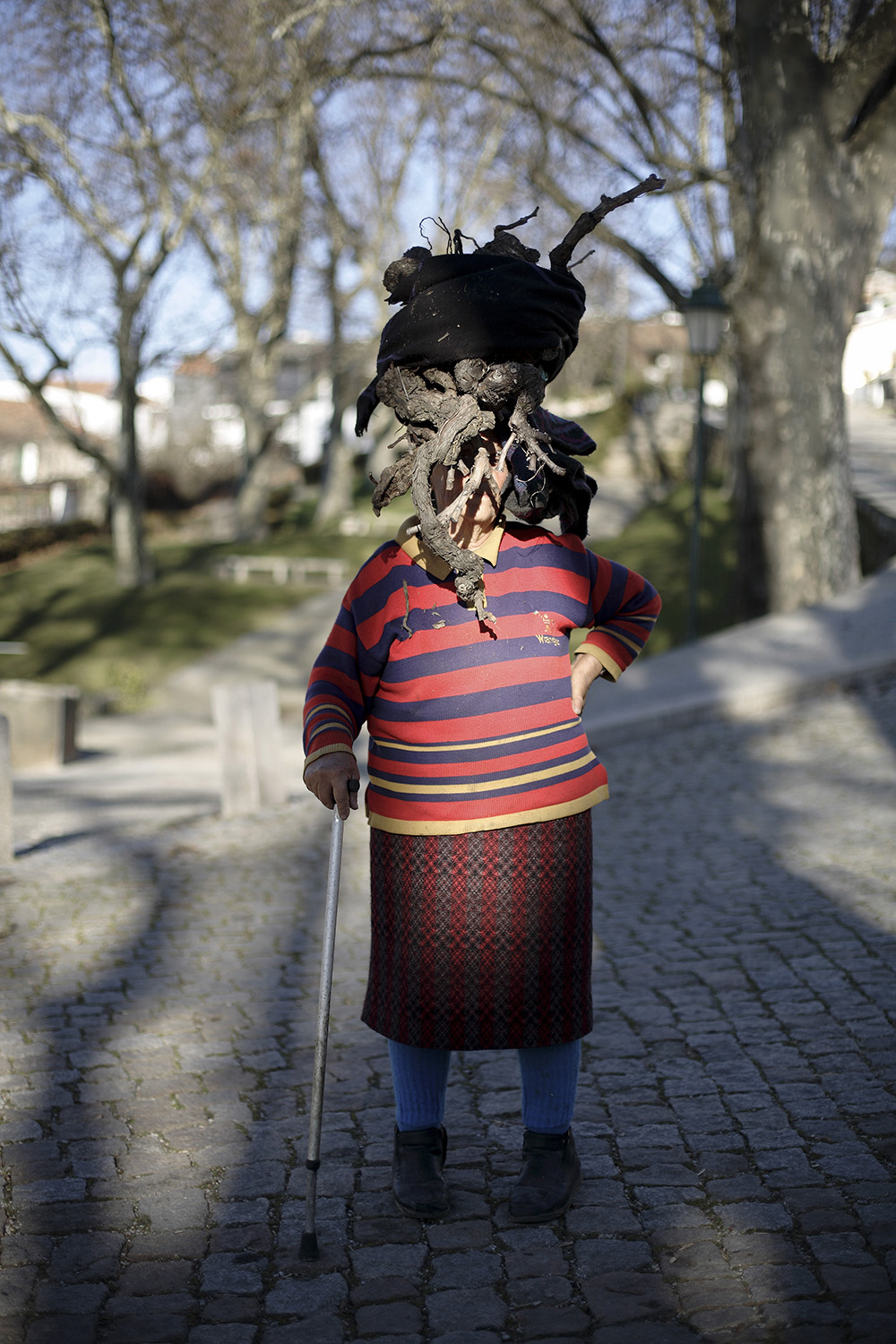

In a raw day-to-day of the human condition measuring forces with the elements that surround it, so alienated of the urban comforts of the cities beyond the horizon, these are images that transport metaphors of a mythical time and space of human physical and emotional sacrifice, putting in confront and raising questions within our present time of development and evolution. It is a visual representation of the opposite end of the chain of evolution and progress that brings with it the disappearance of past practices and values.
Stagnated between a past with so much weight and a future so long in coming, it is a metaphorical portrayal of the country as if bare skin and up for sale, swallowed in much economical and social conflicts. As one of the last frontiers of ancient rural life in Western Europe, it is at an interesting and particular cross-over situation of still perpetuating visible traces of an ancient rural lifestyle, while confronted with obvious signs of development reshaping the future. And all this consequences on a human scale of values, as a metaphor for contemporary society viewed from a rural perspective.
On a last stance, while exploring and participating on its cultural and social distinctiveness over a period of nearly a decade, “Nine Months of Winter and Three of Hell” is a visual record of a personal journey in an internal quest upon the Human experience, denouncing Man´s relation with the Land, Faith and Development, in our ever-changing contemporary times.
About the Douro
Being the Douro nearly a mythical word that brings along the image of both hardness and beauty of its natural landscape delineated by endless vineyards running down the slopes until they meet the river, celebrated and recognized by the Port wine and declared in 2001 by UNESCO as World Heritage, it is for that fact a unique place and a central piece of the project exploration.
Involved in a mythical idea of a land with history, consecrated and celebrated by the aristocracy in the nectar that it produces, the beloved Port Wine, as one of the major symbols of Portugal prestige in the world, it’s economic importance for the country was once so relevant to the point that it was attributed in 1756 the world’s first demarcated region to regulate and control it’s wine origin, production and trade under royal decree, and a source of attraction for aristocratic families, especially British, that implemented and prospered its commerce.
However one must remember that just like today, the social cleavage between the patrons and the workers were always very deep, even more with most of the economic revenue staying in the city that gives the wine it’s name, Porto, where most of the companies and it’s cellars are based, leaving to the worker in the Douro just enough to survive.
And with just like so many other rural places, being an ambiguous metaphor of our contemporary times, the solution to survival seems to be through preservation and valorization of something that is truly unique, it’s natural and historic heritage, applied to tourism, culture and the wine industry.
click to view the complete set of images in the archive
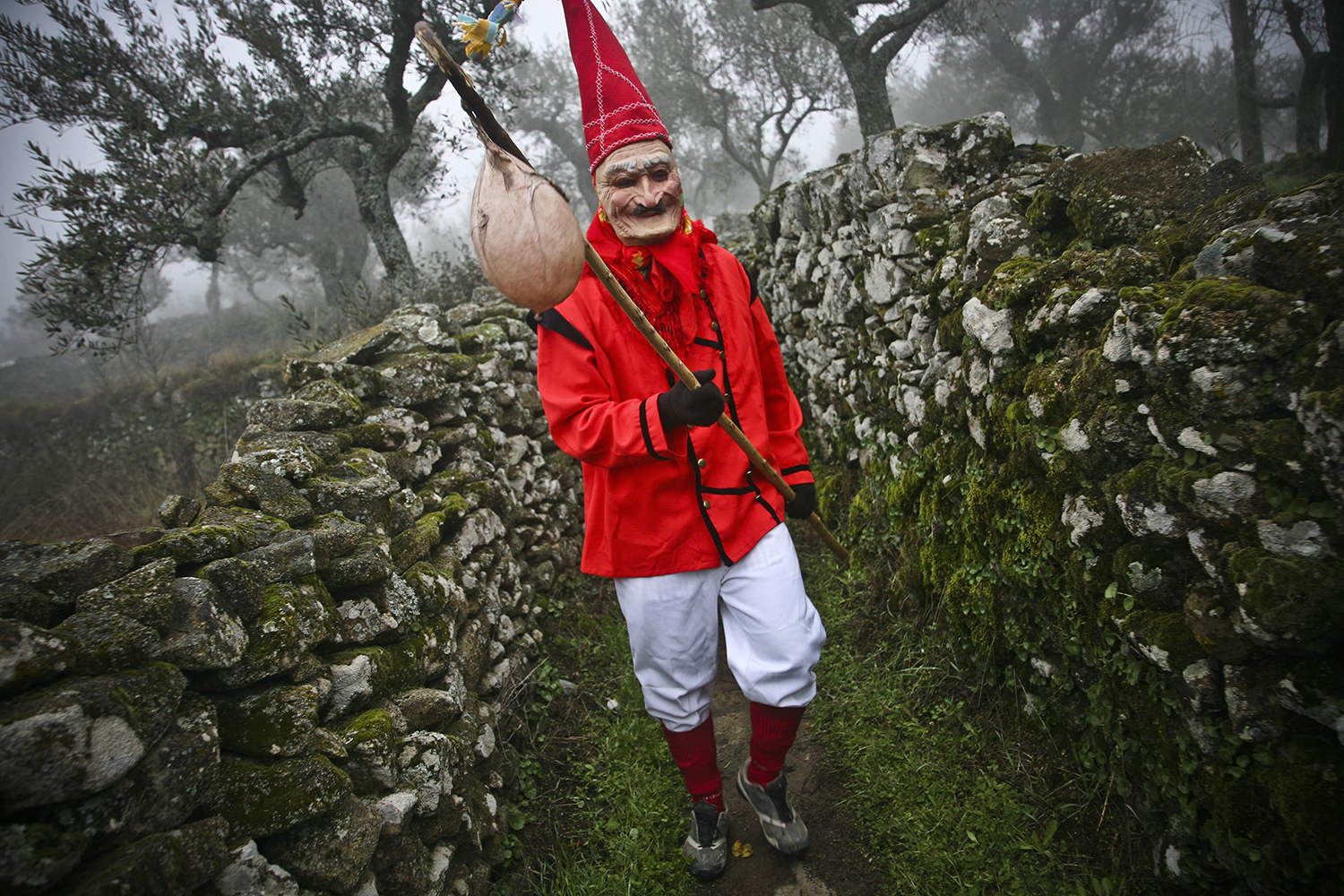
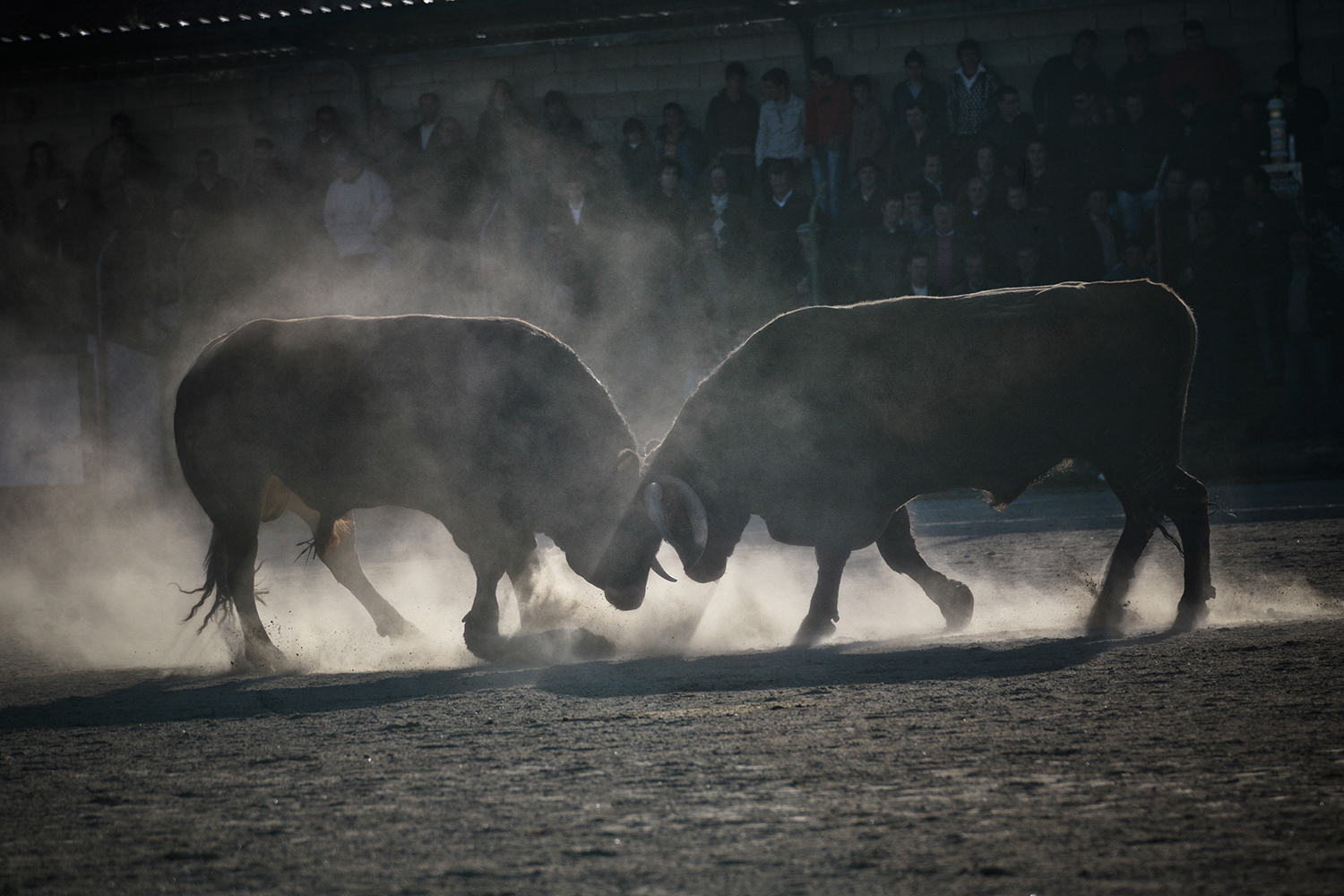
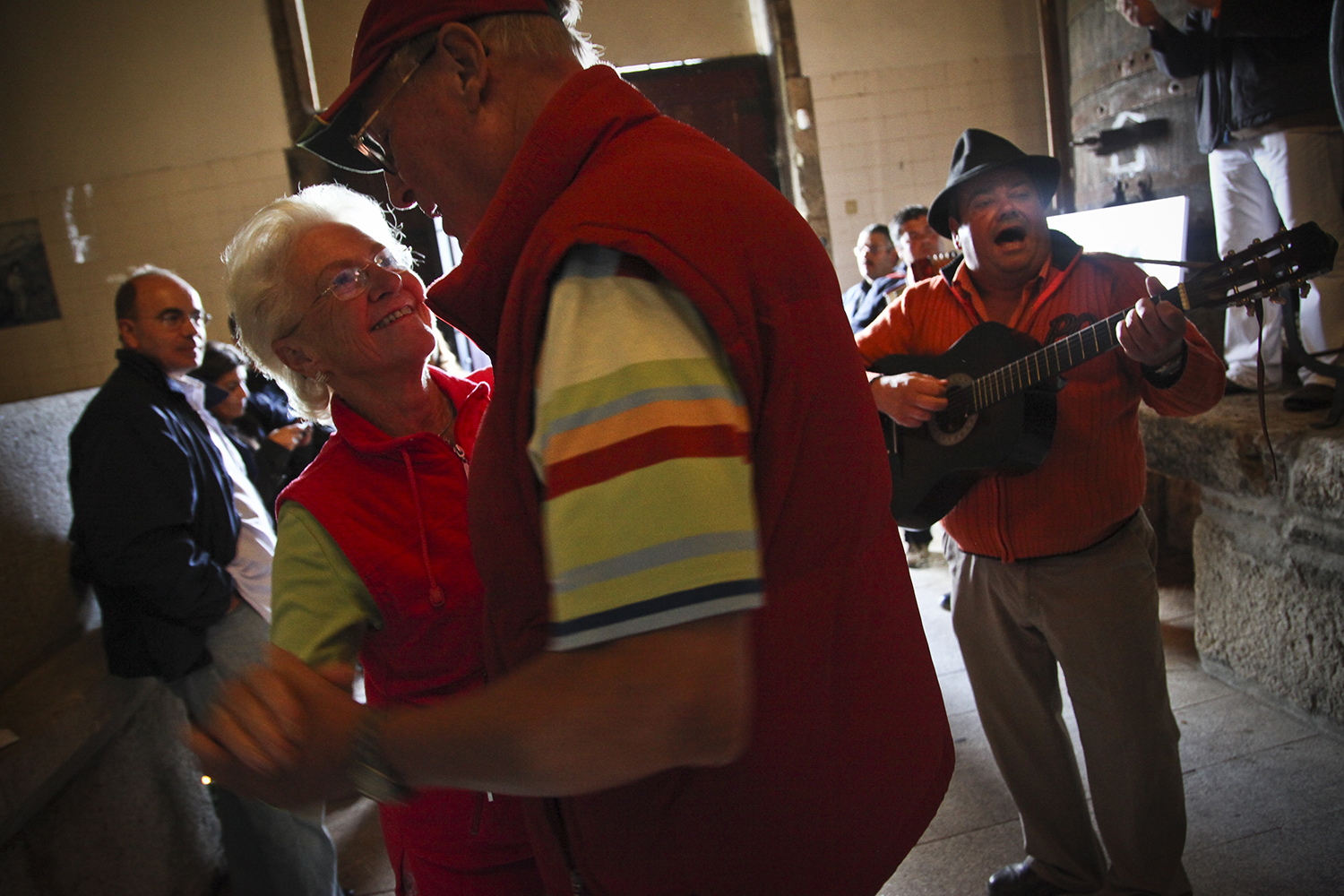
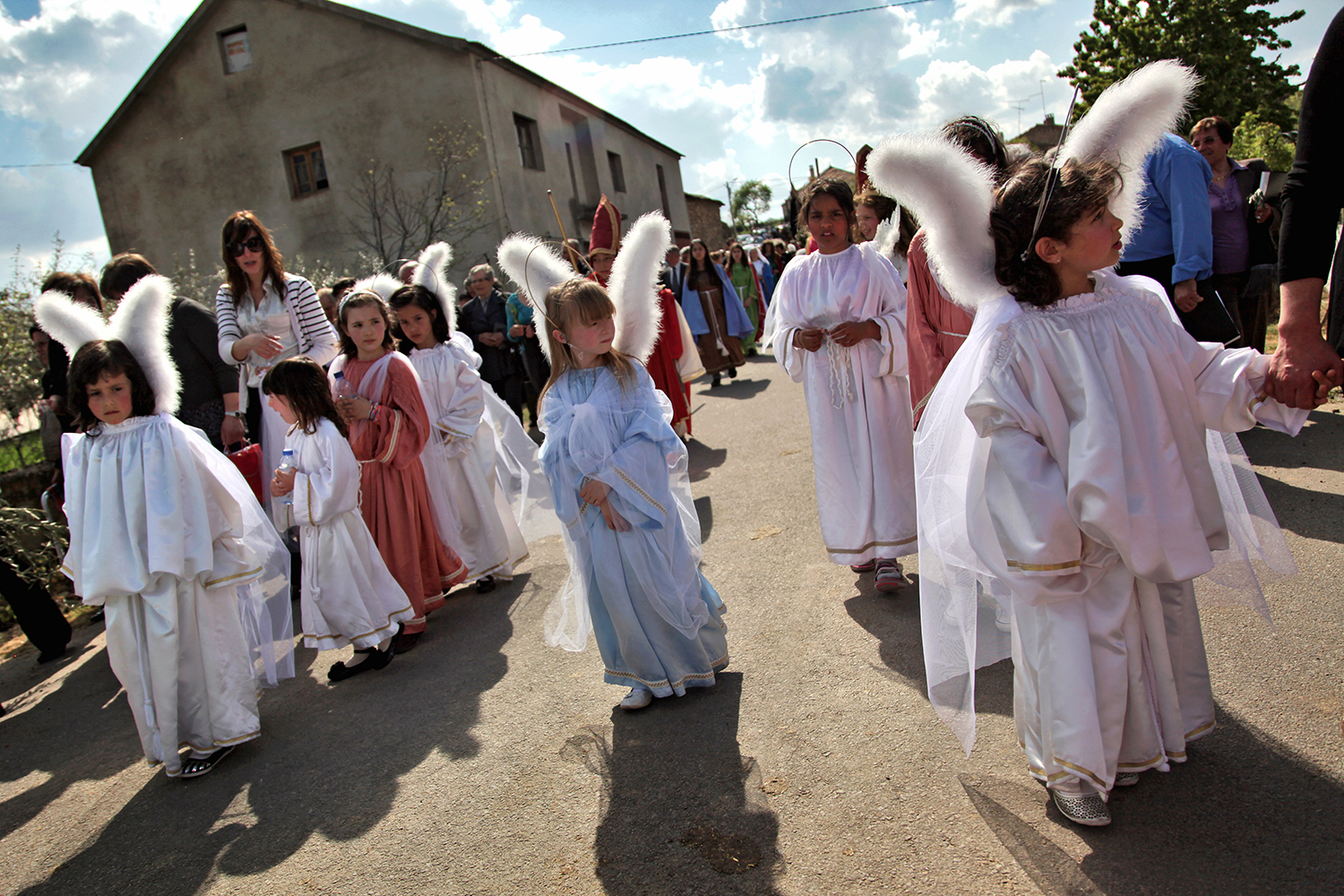


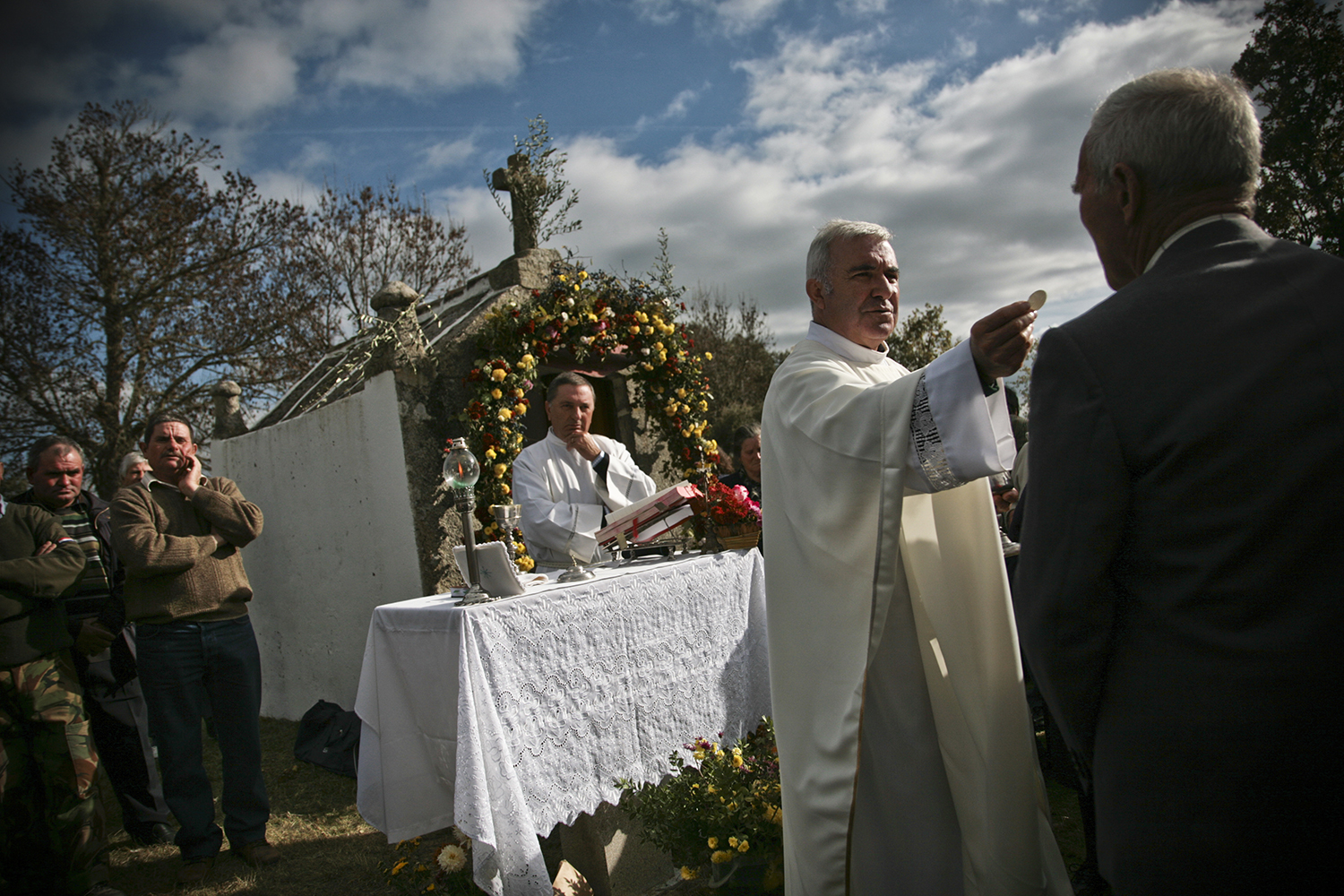
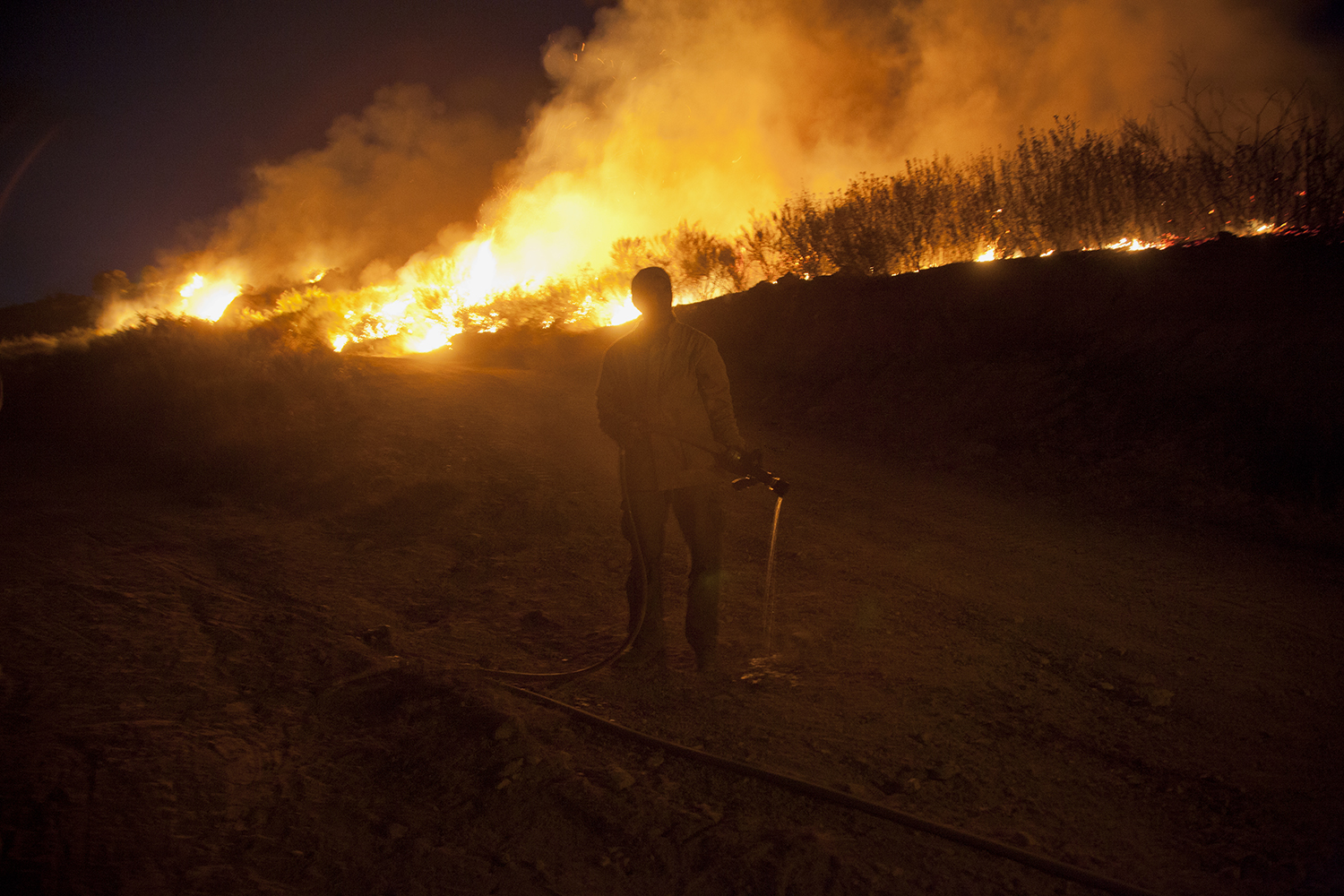
 Publisher: Orgal Impressores
Publisher: Orgal ImpressoresISBN (978 972 780 623 2)
17x24.5cm
168 pages
Hardcover
1000 copies edition
